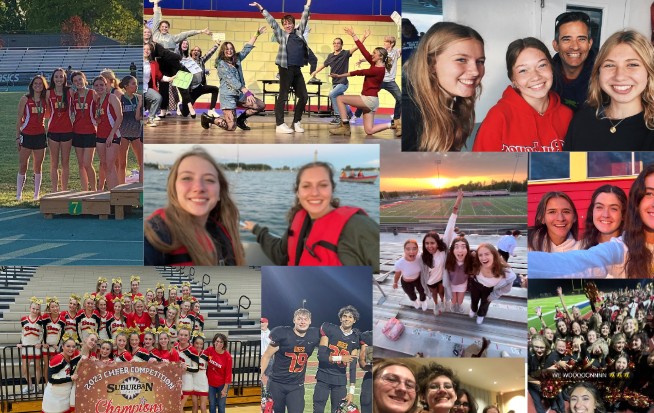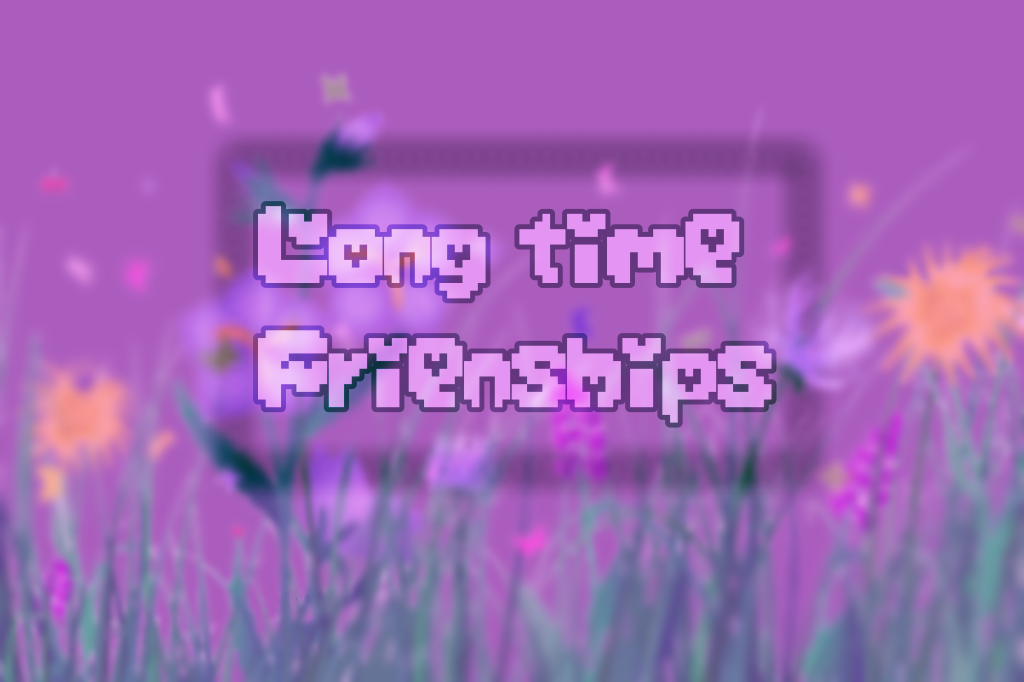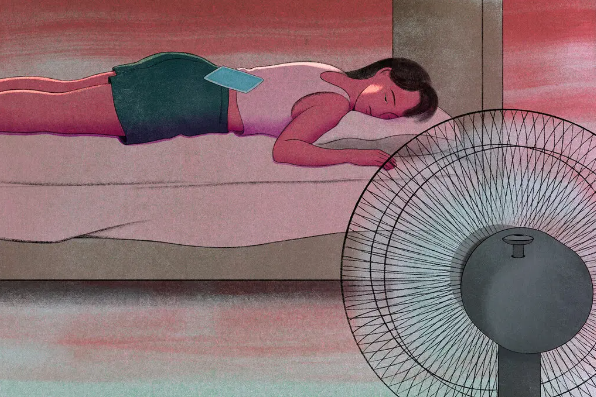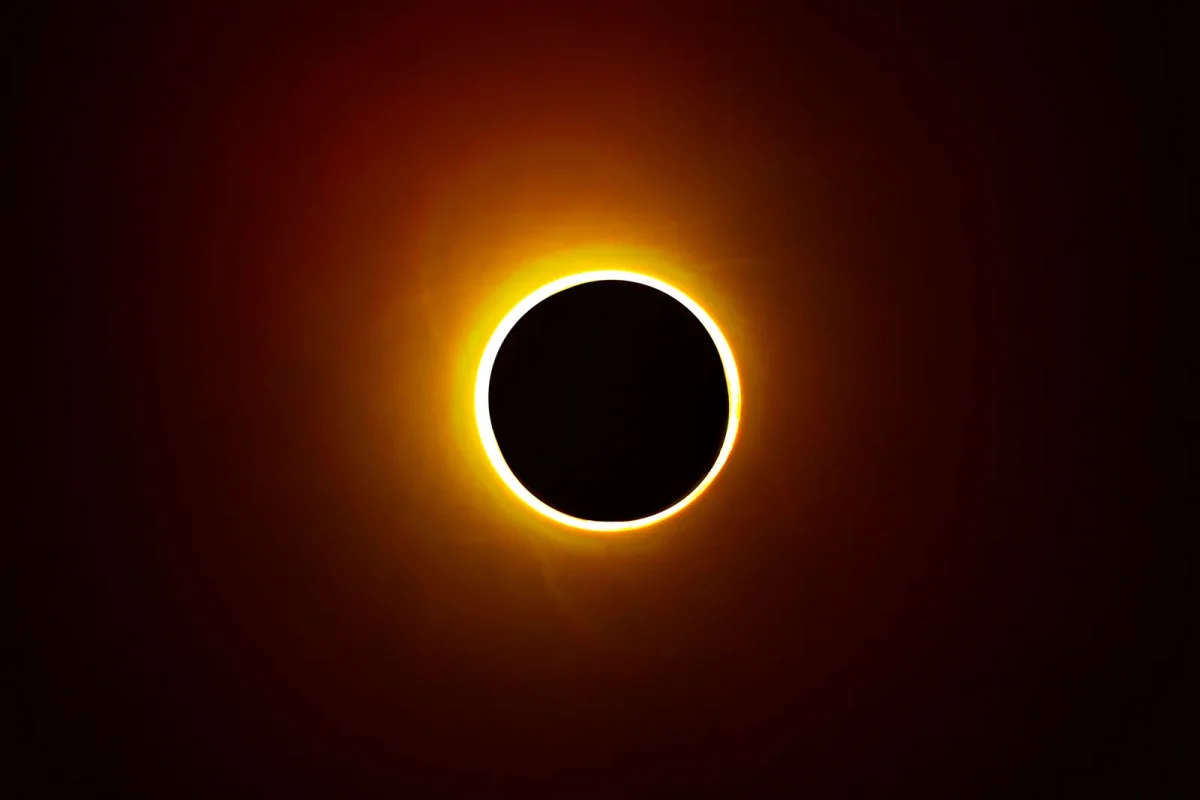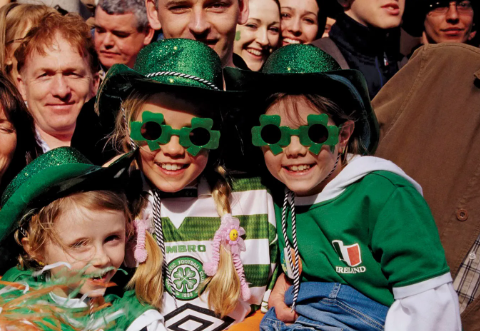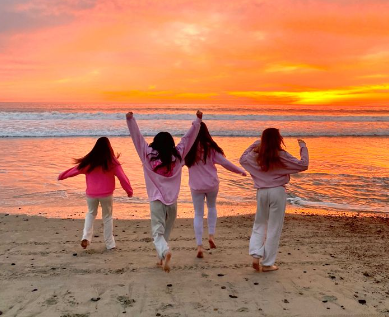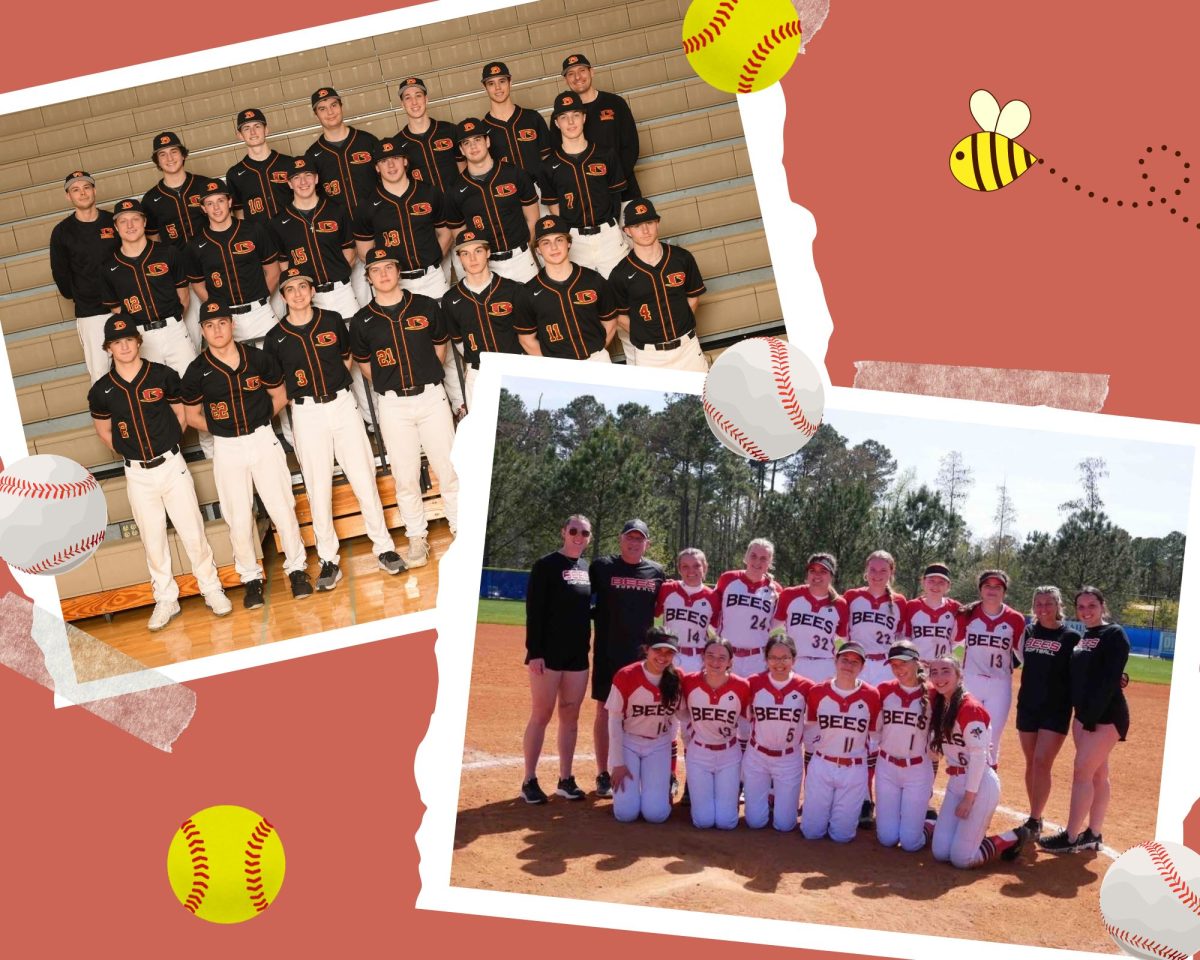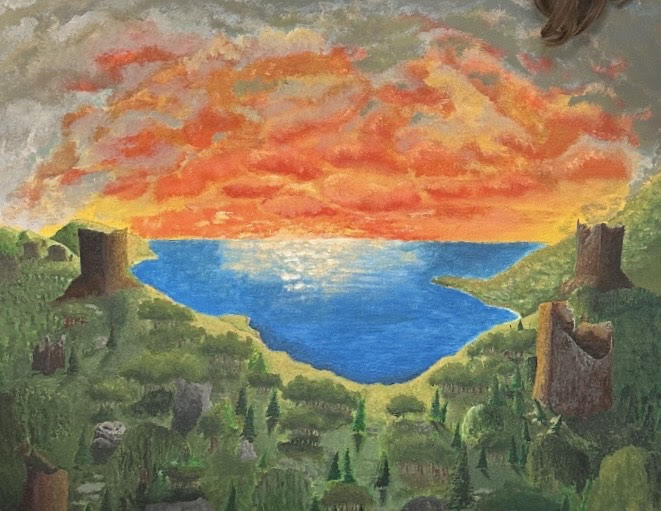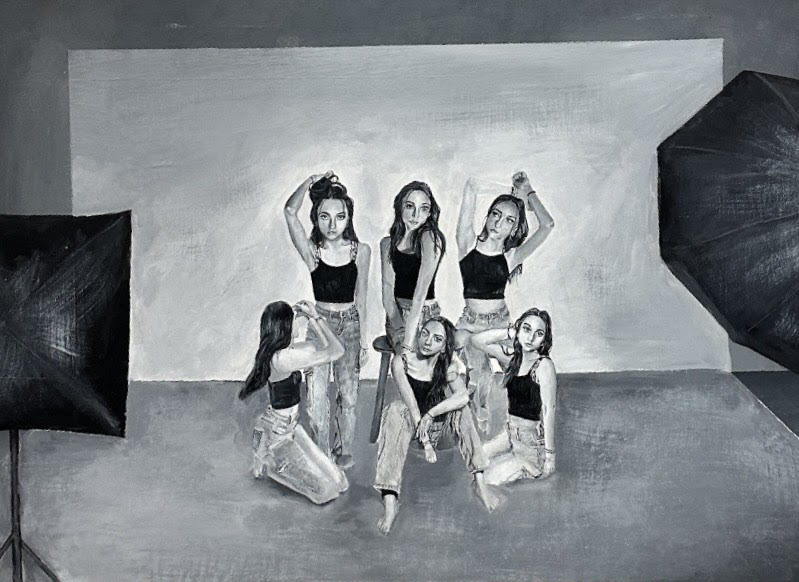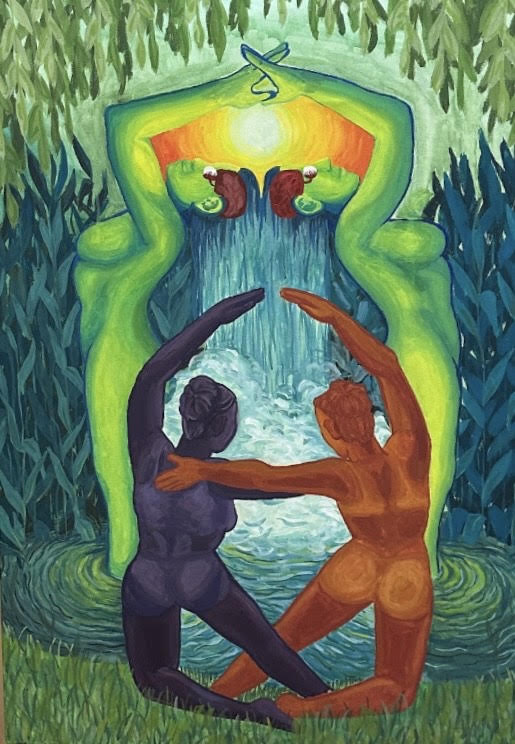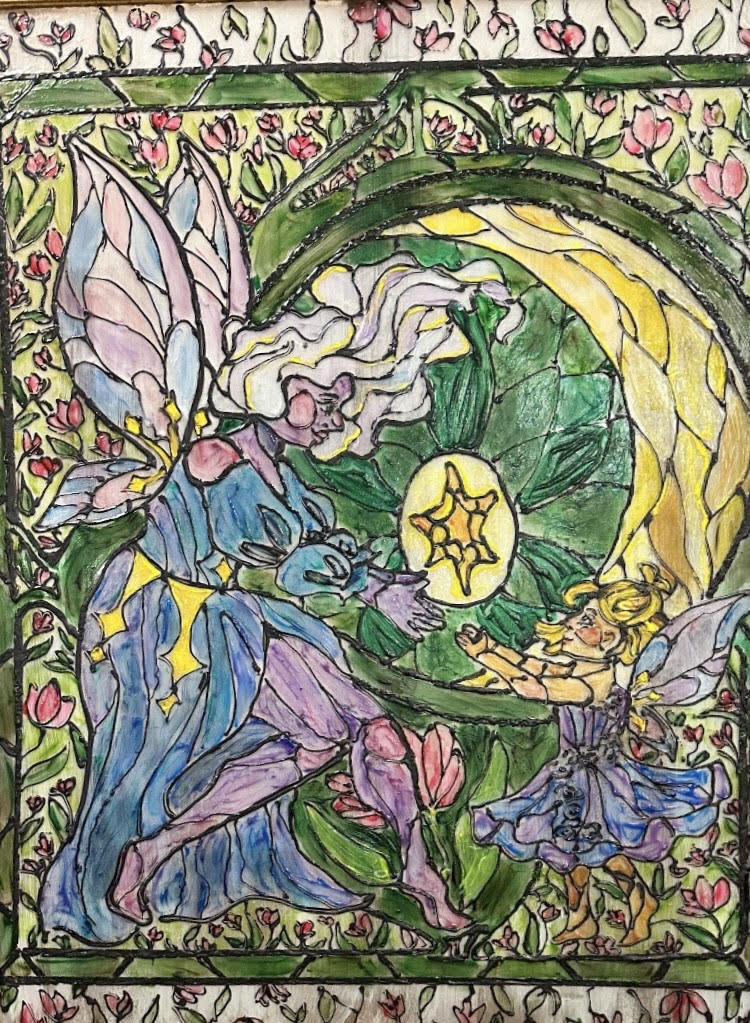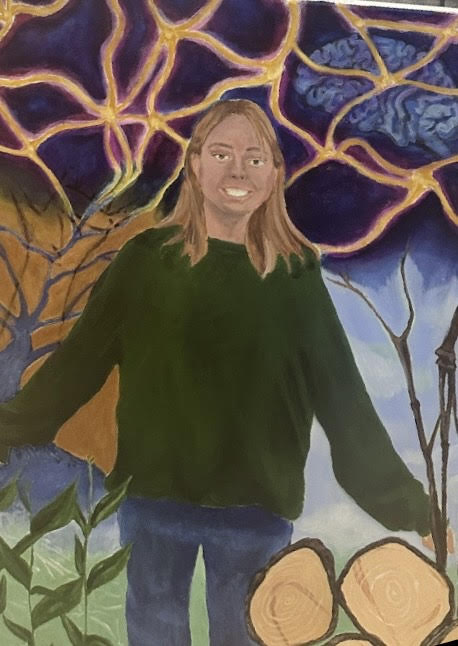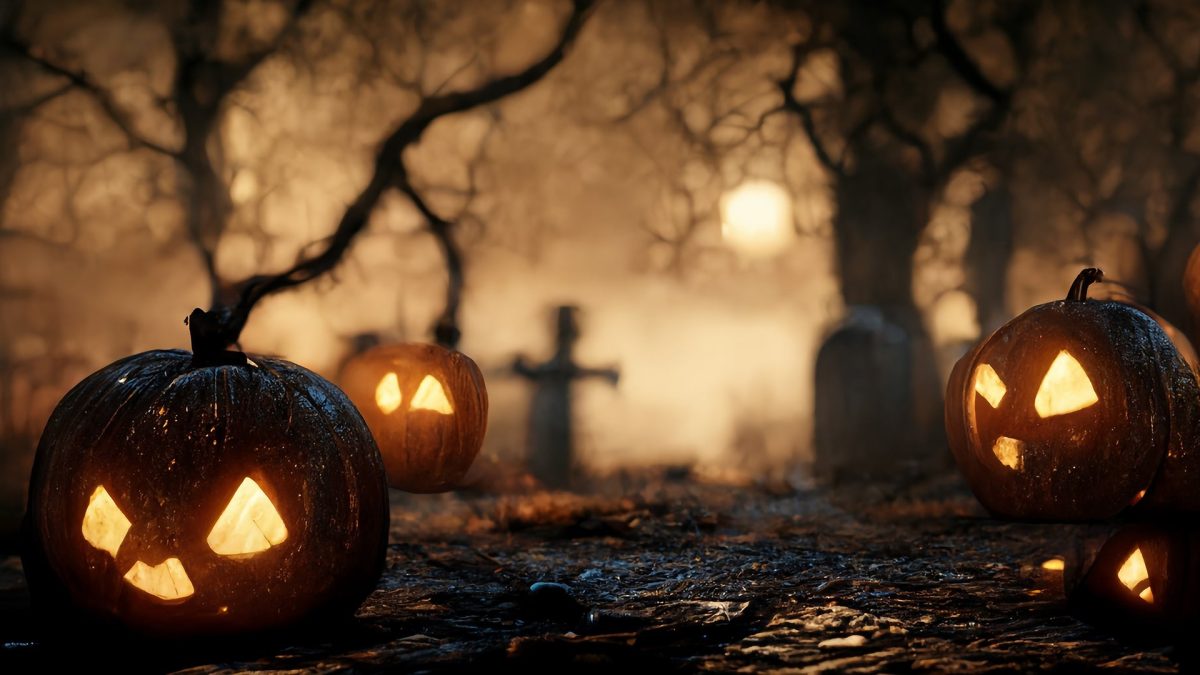Halloween is one of the most favorite holidays around the country and can be enjoyed by people of all ages and backgrounds. Halloween can be traced back over a thousand years and originally was to take place on November 1.
According to History.com editors, All Hallows Eve, also known as All Saints Day or All Souls’ Day, was created by Pope Gregory III to avoid being terrorized by evil spirits or ghosts during their festival to transition into the new year, which happened to fall in the same time frame as The festival of Samhain (Sah-win).
The festival of Samhain is an ancient Celtic holiday marking the end of the summer harvest and the beginning of the harsh winter, taking place throughout the fall months (Toth).
The actions of dressing up and blending in with the spirits that walked the earth spread rapidly, originally all round France then spreading into places like Germany and the Czech Republic, and furthermore all around the world (Toth).
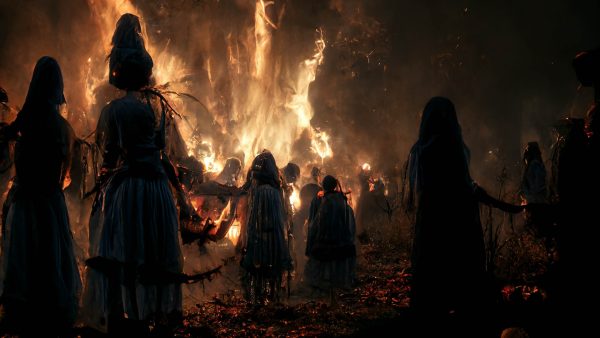
On this day, participation in festivities was mandatory, bonfires would be built in order to give Celtic deities sacrifices of meat and crops so the deities would be willing to help them through the difficult winter months to come.
The bonfires were also suspected to help guide the souls of those who have died throughout the year into the afterlife. From there it evolved to more personal barn fires (History.com editors). Now-a-days, lighting these bonfires has been replaced with the much more tame flame of lighting candles.
Another thing that has become much more tame is dressing up in costumes. On Halloween, people tend to dress up as their favorite character or as an animal. In contrast, back when Halloween was All Hallows day, rather than dressing up as an animal, people would dress up in these animals.
On All Hallows day, people would adorn themselves with the skins of animals and wear scary masks to help them blend in with the spirits that walked the earth as it was to be believed that on this day the veil between worlds of living and dead were blurred (Toth).
Dressing up was not the only thing people did to appease the spirits that walked the world. Another common thing to do was leave food outside their door, but in time people would disguise themselves as these spirits and steal the food and drinks people had left (Toth).
This could be the origins of Trick-or-Treating, but there are more speculations on which of the three traditions is the actual origin story. Another theory originates from a German tradition of children going around in costumes and asking their neighbors to guess who they were. If the guess was incorrect, the child would then be rewarded with food or a small treat (Toth).
The third and more believed theory is that poor families, more likely children, would go door to door begging for food or money to help get through the harsh winter in return for prayers for those trying to pass to the afterlife on All Souls’ Day (Toth).

When the tradition spread to the Scottish, they transformed this to a less religious practice of exchanging food for songs, jokes, or tricks of some sort.
The beloved Jack-o-lantern tradition originally sprouted from people carving faces into squashes and putting coals to ward off evil. This tradition started off in Ireland with a myth of a man named Jack, who made a deal with the devil, ensuring he wouldn’t go to Hell. Legend has it, heaven didn’t want Jack’s soul either, so he was left to wander the world with a carved turnip, with coal in it, to light his way. Eventually, this tradition evolved into pumpkin carving (Toth).
The more traditional practices and celebrations have been adopted by religions, like Wicca, in recent years, but Halloween still thrives and excites children all around the world.
History.com Editors. (2023, August 11). Halloween 2023. Retrieved October 17,
2023, from https://www.history.com/topics/halloween/history-of-halloween
Thomas, H. (2021, October 26). The Origins of Halloween Traditions. Retrieved
October 17, 2023, from https://blogs.loc.gov/headlinesandheroes/2021/10/
the-origins-of-halloween-traditions


